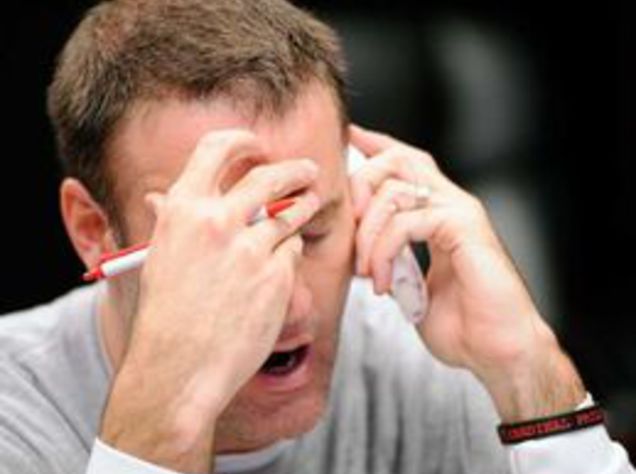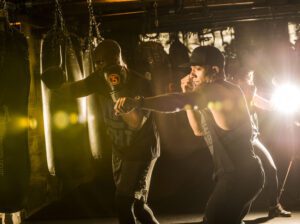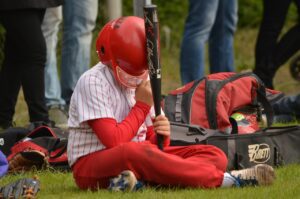A while ago, we were hired as a consultant for a recreation squad in New Jersey that was preparing to compete at a regional competition. The all-girl squad ranged between the ages of 8 and 10, and the routine was in no way up to par with the competitors they were going to face — but it was clean.
When we recommended to the coaches that the routine be slightly more difficult as well as suggested some minor changes (preps/elevators rather than thigh stands), they immediately rejected all ideas. The coaches claimed their cheerleaders could not attempt more difficult stunts because “it just did not work.”
As the night continued, we noticed why a squad at this age level was not at the skill level they should be.
It wasn’t because “it just did not work”; it was because the coaches were extremely disconnected and did not take the time to teach the fundamentals.
And with only a week before what we knew would be their final competition — not likely to make the cut for nationals — we knew it was too late to give the squad a crash course in confidence and technique.
As choreographers and consultants, our staff has seen too many coaches use the opportunity of warm ups, tumble class, conditioning, hiring guest instructors, etc., to not actively participate in their squad’s improvement and knowledge in the sport.
They simply think, ‘If my squad is not stunting, then I do not need to be hands-on or visually teach them how to properly execute basic skills. I can just instruct from afar or in my chair.’ Better yet, coaches sometimes believe: ‘The choreographer is working with the squad tonight, so I can catch up on some text messages or parent emails.’
This is lazy coaching that ultimately hinders a squad from improving and winning. But most importantly, lazy coaching contributes to the lack of indispensable leadership skills our cheerleaders can learn from our experienced instructors to become successful athletes, students, workers and more in the future.
I have developed some tips coaches can energetically implement in their routines at practices to avoid falling into a lazy funk:
Don’t Sit Down
The worst mistake a coach can do is sit during practice. Cheerleading is a highly active sport where “breaks” during practice are only given as a team to take a quick sip of water or a breath. Individuals are not switched out between plays or quarters and there are no substitutes — everyone contributes, including the coaches who must set an example to always keep moving and stay active.
Be Visual
Visual learning is key in cheerleading, which is filled with complex tricks that involve multiple positions and people. In addition to verbally explaining the process on how to achieve a skill to your cheerleaders, coaches need to find creative and visual ways to communicate the steps clearly and accurately. Videos and demonstrations are great tools to use at practices.
Education is Teamwork
Never take a backseat to education, and take the time to learn new skills from other individuals. For example, the teachings, language and body movements of the head/other tumble instructors can transfer to your coaching approach and wisdom as well as provide unison and uniformity among staff. I strongly believe consistency is one of the answers to effectively learning a new tumble pass or stunt.
Pay Attention
Coaches need to put the phones down and the laptops away during the two-hour practice, and immerse themselves in the activity, passion and diligence of the sport. They should observe and communicate with their cheerleaders; they are the pulse of the team. This is an opportune time for coaches to evaluate the squad’s strengths and weaknesses to formulate a game plan for the season rather than catch up on parent emails or gym gossip.
How useful was this post?
Click on a star to rate it!
Average rating 0 / 5. Vote count: 0
No votes so far! Be the first to rate this post.



